So, you think you can run?
If someone asked you who taught you how to run, what would your response be?
When I ask athletes this question, they usually respond with, “my track coach” or “my mom and dad.” Sometimes, their response is simply, “I don’t know, I just run.”
But here’s the thing, there is truly a science behind how to run efficiently and effectively. Yet, many athletes develop bad habits that prevent them from reaching their full potential.
I often tell athletes that there are four things they need to be aware of when sprinting. Arms, chest, knees, and feet. I teach this to 8-year-olds, professional athletes, and everyone in between. Many people believe that you cannot teach speed. I totally disagree! I have spent the better part of three decades teaching athletes how to get faster. Speed is a skill.
Much like practicing dribbling skills for basketball or hitting in baseball, athletes practicing inefficient techniques do not succeed. However, athletes who practice proper form and technique improve that specific skill they are trying to master.
Certainly, some athletes are naturally faster than others, but I have taught many fast athletes to become even faster and slower ones to catch up. It is called training to your genetic potential.
Welle’s Running Technique Tips
Arms: Proper sprinting technique involves good arm movement. The arms often dictate what the legs are going to do. Arm swing should be approximately 90 degrees at the elbow, and the hands will travel from cheek to hip joint. If the elbows open too much, the legs will take longer to stride out. If the elbows are too tight, athletes tend to rely on quickness and get caught from behind.
Chest: The position of your chest is key. If you stood straight up and fell forward like a tree falling in the forest, our natural tendency is to catch ourselves before we fall to the ground. We catch ourselves by putting our leg/foot out in front of our bodies. Surprisingly, the leg/foot that comes forward goes straight in front of us. It doesn’t go out, around and then in. True chest position should be anywhere from 4 degrees to 11 degrees of forward lean. This will propel the body forward.
Knees & Feet: Elite cyclists use toe clips on their bikes for a couple of reasons. First, the clips help keep the foot on the pedal. Second, an efficient cyclist will use his/her hip flexors to pull up on one side and use hip extensors to push down on the other side, resulting in greater power. Sprinters need to use the same concept. Knees should come up to almost parallel to the ground, and the foot should land slightly under or behind the athlete’s body propelling them forward. The force of the down stroke of the leg should cause the foot to land on the ball of the foot. If an athlete has their foot overextend, they will end up landing on the heel, resulting in a breaking effect.
In Conclusion
They say practice makes perfect, and it couldn’t be truer for sprinting techniques. Remember the mantra, ARMS, CHEST, KNEES, FEET. If you have questions about running form, want to take your game to the next level, or you and your teammates want to have a break-through season, schedule a FREE consultation with Bill at 952-456-7650.
– Bill Welle, XPE, CMT | Sports Performance Coach

